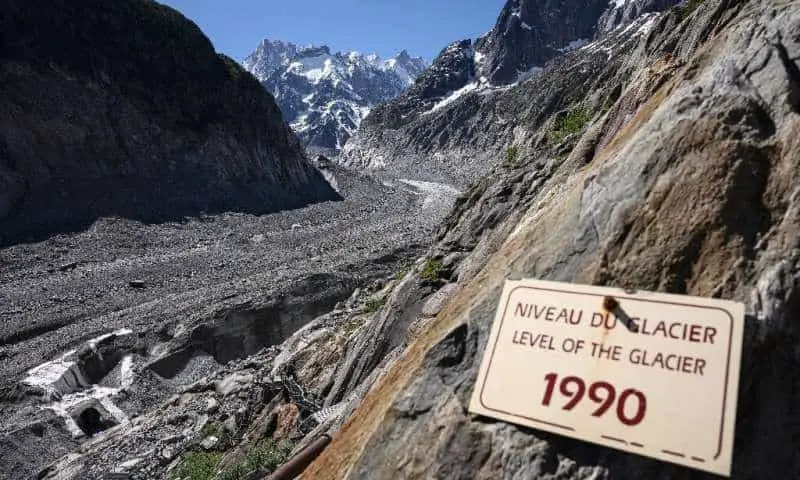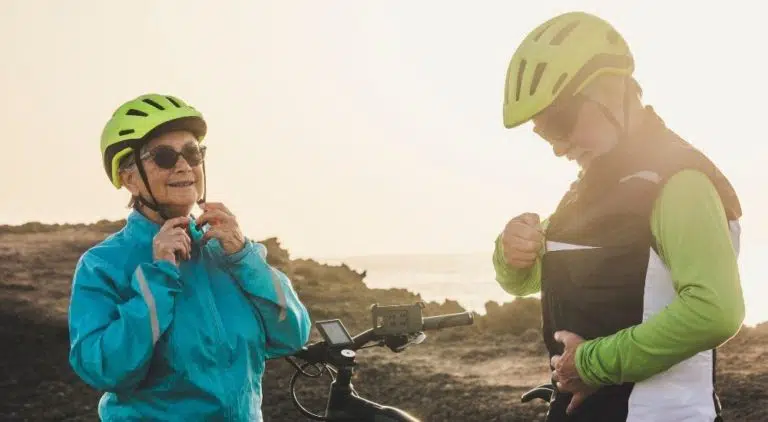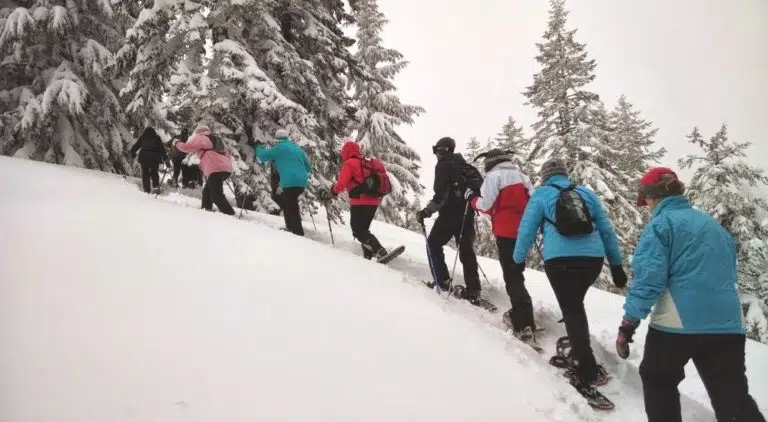Basic Knowledge for Alps Mountaineering and Alpine Climbing – Tutorial
To complement this informative and entertaining video, ‘Basic knowledge for Alps mountaineering and Alpine Climbing – Tutorial’ we have fully transcribed this video for people who like to read more than listen. Please enjoy and show the video creator some love by sharing the video with friends.
————
Basic knowledge for Alps mountaineering and Alpine Climbing – Tutorial
Original video source: https://youtu.be/cK9LOygk6bk
The major difference between indoor climbing and Alpine climbing or Alps Mountaineering is that Alpine climbing takes place outdoors in nature. We must, therefore, learn to deal with the weather, with the conditions and to be able to identify outdoor Alpine hazards and always take them into account. [ Music ] storms are one of the most unpleasant, but also the most common objective hazards. When climbing storms normally occur between May and August, we differentiate between two types of storms, frontal storms and heat storms.
A heat storm is a localized weather occurrence and can be recognized by the cumulus clouds that form and take on a tower shape. Frontal storms often represent the end of a period of fine weather in the form of a sudden drop in temperature. Significant cloud thickening is an indication of this. The sky becomes darker and darker when looking to the west, if we’re on an easterly rock face, we often notice this phenomenon too late in mountain climbing and, above all, in Alpine climbing.

We need to be able to deal with the issue of storms, particularly adeptly. That means we need to be able to recognize signs of storms and alarm signals. [, Music ], the attraction of multi-pitch climbing is, of course, that I can climb big, impressive rock faces, but it’s also interesting to know that there are different types of rock and that I may need to use different climbing techniques depending upon the type of rock. This can often be the case depending upon the type of rock and the options for belaying may well differ too [, Music ], the particular attraction of alpine climbing, is the variety that means there are granite, limestone, dolomite and nice rock faces, and these different types of Rock all require different climbing techniques – [ Music ].
When planning a climb. I must think about whether the rock will be dry or not after winter. It can be wet if snow left on strips of rock melts and disrupts our climbing route. It’Ll be wet after downpours, of course, and whether it dries out quickly or not depends upon the climbs slope aspect North Faces in particular, especially ones made of limestone. Take the longest to dry out and there may be climbing routes that are only dry on a few days or weeks every year. So I need to plan very carefully for multi-pitch.
Climbing alpine hazards are, of course, a much bigger issue than for sport, climbing, as a rule, the further I go into the mountains, the longer and more demanding the climb and the greater the Alpine hazards. So you need to have more experience for these types of climbs, but you can never rule anything out when climbing rocks can often become dislodged by the rope team above you, but Rock Falls can also be very easily caused by wind or melted snow. Therefore, you cannot assume that if there is no one above you that nothing can fall from above, if rocks start falling, you should simply press yourself as close as possible to the rock face tuck your head in and the classic mistake you should avoid is looking up When someone above you shouts rock as a warning as the rock could fall on your face, instead, you should look down and if it falls on you at all, then it will land on your helmet.
Of course, there’s not just a risk of falling during the climb itself, but also during the approach or descent. In this case, you may well need to get the rope out again to protect yourself, and the stronger partner may well need to protect the weaker partner over a steep section. But whatever the case, you should look for solid anchors where you can protect yourself. Alpine. Climbing is clearly a risky sport and you should, therefore, take things step by step. It’s also important to be perfectly prepared and fully attentive, so you should concentrate fully during the climb, the approach and the ascent to stick on a stand-up. Stick on gate,
———-
Related post:
Daredevils Climb Shaky ‘Stairway To Heaven’ Mountain Ladder







